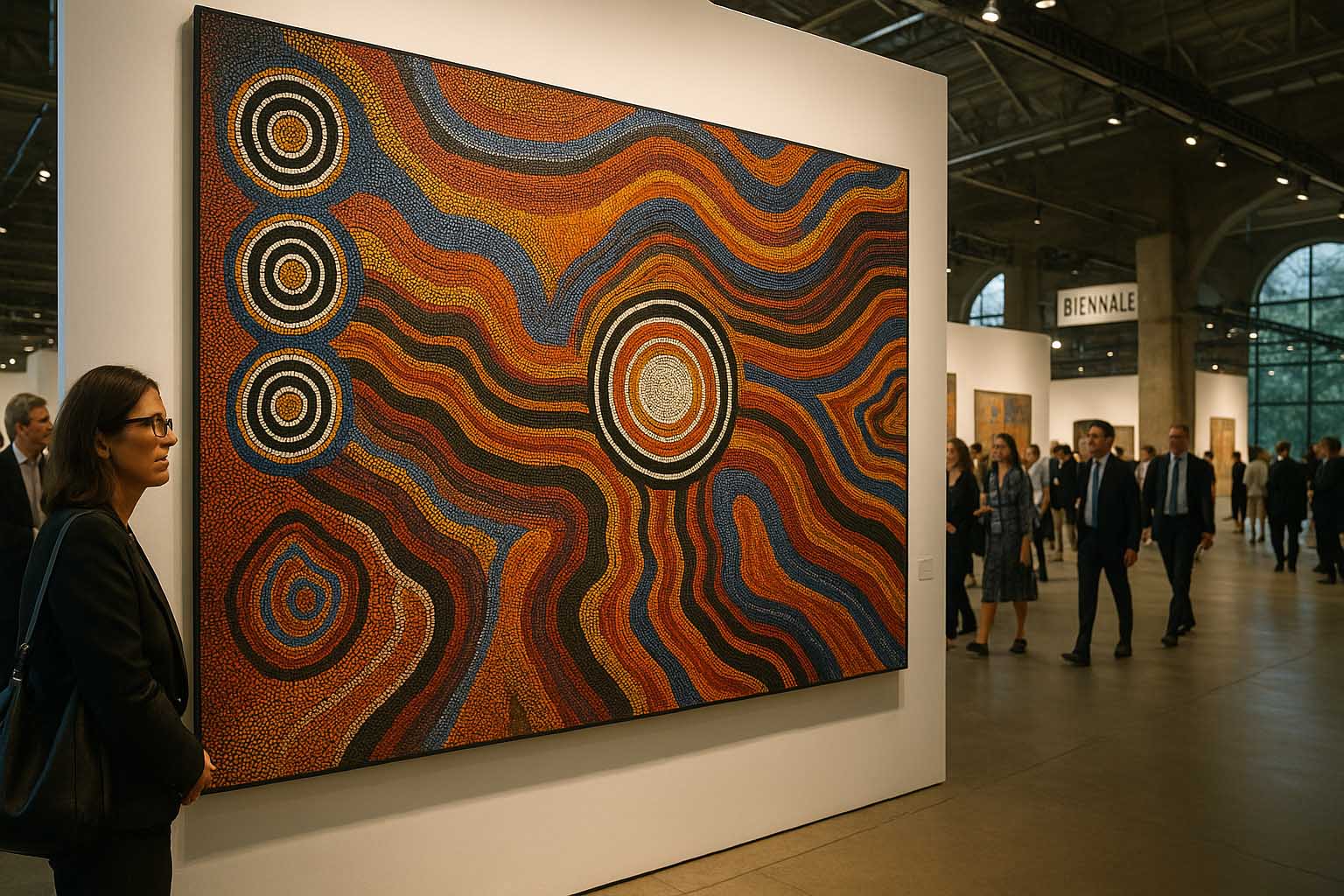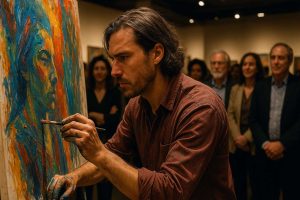
Renewed Funding Energy for Indigenous Arts
Indigenous art is far more than vibrant patterns or symbolic designs. It carries the living memory, identity, and deep-rooted experiences of ancient communities across the world. Over the past decade, global recognition of its cultural value has grown. However, funding remains limited for many Indigenous painters, sculptors, textile makers, and other creatives. This year, there’s a noticeable increase in grants, dedicated programs, and private support aimed at sustainable growth for Indigenous art initiatives. For curators, cultural workers, and advocates, it’s essential to understand how this fresh wave of support can expand artistic reach while benefiting wider society.
At a Glance
Funding for Indigenous arts is on the rise globally. This addresses longstanding gaps in training, facilities, and access to broader markets. This article highlights major funding sources, their impact, and the steps needed to ensure long-term benefit for artists and their communities.
Deeper Acknowledgement of Indigenous Creative Value
As cultural inclusion and justice take center stage in conversations around the arts, it’s becoming clearer that Indigenous works are not just decorative. They preserve shared memory, teach diverse perspectives, and reflect timeless innovation. Critics now celebrate Māori weaving, Inuit printmaking, and Aboriginal dot painting as proof that ancient forms can carry bold, fresh expressions. When given proper support, these works also help safeguard endangered languages, strengthen community leadership, and create fair income for younger generations.
Expanded Support Across Countries
Each region develops its own approach to supporting Indigenous creatives. Several programs stand out for their direct contributions to community-led art projects.
Canada Council for the Arts
Canada Council recently boosted its Indigenous Creation Grants. These focus on proposals led by First Nations, Inuit, and Métis artists. Beyond funding for production, they offer mentorship, travel for residencies, and help with acquiring digital tools. This allows artists to connect with international curators and collectors without losing their community-based approach.
Australia: Indigenous Visual Arts Industry Support
Australia’s IVAIS program assists over 90 Indigenous-owned and run art centers. The latest funding increase supports improvements like solar-powered kilns and climate-controlled archives. These upgrades protect fragile bark paintings and woven sculptures. With better storage and preservation, more institutions are willing to feature the works in traveling shows and global exhibitions.
New Zealand: Toi Ake and Creative New Zealand
Creative New Zealand continues to invest in the Toi Ake initiative, supporting traditional and contemporary Māori art practices both locally and abroad. The program doesn’t stop at funding individual projects—it also strengthens community-wide planning to pass on skills across generations. A notable portion now supports digital archiving, making it easier for carvers, textile artists, and cultural specialists to document techniques and share them with global museums and diaspora groups.
United States: NEA and Tribal Foundations
The U.S. National Endowment for the Arts has designated funds specifically for projects designed by Native American, Alaska Native, and Native Hawaiian artists. Alongside these public grants, tribal-led foundations such as First Peoples Fund have expanded micro-grant programs. These help Indigenous entrepreneurs manage art-centered ventures. Paired with support in e-commerce and fair-trade certification, these programs link traditional crafts like beadwork to modern markets in a sustainable way.
Tangible Benefits from Increased Support
New streams of funding are doing more than multiplying exhibits. Here are some of the positive outcomes communities are seeing:
- Wider Market Reach – With budgets allocated to digital campaigns and logistics, Indigenous products now reach international buyers with greater ease.
- Skills Development – Grants fund training in business skills, intellectual property, and contemporary production methods to ensure artists maintain creative control.
- Cultural Preservation – Elders who safeguard tradition now receive compensation for teaching, encouraging knowledge-sharing with younger members.
- Community Economic Growth – As artisans earn more, local jobs increase and collective funds become available for other community initiatives like language revitalization or eco-tourism.
Challenges That Need Addressing
Despite the growing support, challenges remain. A major concern is preserving artist-led identity in funded projects. Large institutions can sometimes influence themes or styles to make them more commercially viable. The solution lies in clear agreements that ensure artists retain control over their work. Providing cultural sensitivity training to producers and curators also helps protect sacred symbols from misuse.
Another issue is administrative burden. Many Indigenous collectives lack dedicated financial managers, making grant reporting overwhelming. To fix this, partnership models are forming. Universities and nonprofit accounting groups now offer pro-bono services to support financial tracking. This shift lets artists focus on creation instead of spreadsheets.
Action Steps for Institutions and Supporters
Cultural groups that wish to help can follow a few key strategies to ensure their involvement brings long-term value:
1. Consult Respectfully From the Start
Before offering support, reach out to recognized elders or councils. Early consultation ensures that funding aligns with community needs.
2. Budget for Capacity Building
Material costs alone aren’t enough. Include training, legal guidance, and tech infrastructure in financial planning.
3. Use Transparent Success Metrics
Track progress using clear KPIs, such as how many youth are learning weaving or how many artworks are preserved through archiving.
4. Support Fair Market Participation
Partner with ethical distributors who follow fair-trade principles. This guarantees fair pricing and protects against cultural exploitation.
5. Join Ongoing Dialogues
Culture evolves. Stay engaged in discussions about ownership rights and climate adaptation to keep programs relevant.
Looking Ahead for Indigenous Art
With sustained funding growth, we may soon witness more Indigenous-led festivals participating alongside major events like the Venice Biennale and São Paulo Art Fair. Community-run digital museum platforms are also gaining traction. These give Indigenous groups direct control over storytelling and revenue from online engagement.
Contemporary formats are evolving too. Storytelling through VR now uses patterns inspired by Navajo textiles. Sami musical chants are being remixed with digital sounds. These innovations attract wider attention and promote respectful collaboration. As audiences become more familiar with these modern interpretations, demand for ethical and community-rooted work is expected to rise.
Reflecting on a Growing Movement
This wave of support isn’t just a numerical increase in arts funding. It represents a shift toward more inclusive and respectful cultural sharing. When communities lead the way and receive the right kind of backing, they create works that honor their history and shape a future built on pride and understanding.
The art emerging from this renewed support reminds us that creativity connects people across time, culture, and geography. For collectors, viewers, and cultural allies, this means more than appreciating beautiful pieces—it means embracing deeper meaning, shared growth, and mutual respect.
